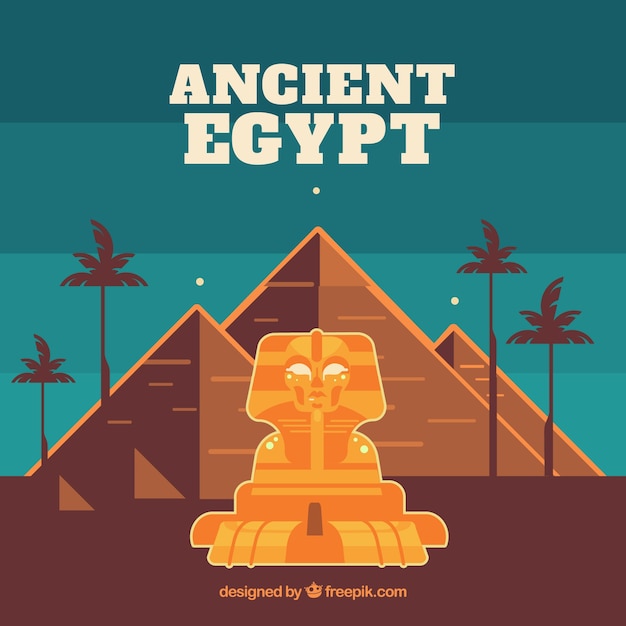Fascinating Facts About the Great Sphinx of Giza

The Great Sphinx of Giza is believed to have been built during the reign of Pharaoh Khafre.
It is the largest monolithic statue in the world.
The Great Sphinx is situated on the Giza Plateau in Egypt, near the pyramids.
The statue stands 66 feet tall and 241 feet long.
The Great Sphinx is a hybrid creature with the body of a lion and the head of a human, believed to be Khafre himself.
It is one of the most iconic symbols of ancient Egypt.
The Great Sphinx has undergone several restoration projects throughout history.
The statue is carved from limestone, which was abundant in the Giza area.
It faces the rising sun, symbolizing the rebirth and eternal power of the pharaoh.
A beard was once attached to the Great Sphinx, but it is now displayed separately in the British Museum.
The nose of the Great Sphinx is missing, with various theories and legends surrounding its disappearance.
The Great Sphinx was buried in sand for many years, with only its head remaining visible.
It is believed that the Great Sphinx was built as a guardian of the pyramids.
The statue has witnessed more than 4,500 years of history.
The Great Sphinx was once adorned with colorful paint, but it has faded over time.
It is the oldest known monumental sculpture in Egypt.
The body of the Great Sphinx has suffered erosion due to weathering and human activities.
The Great Sphinx attracts millions of tourists each year.
Fascinating Facts About the Great Sphinx of Giza part 2
It has been depicted in numerous forms of art and media, including movies and books.
The Great Sphinx is a subject of great interest for historians and archaeologists.
The statue has been a source of inspiration for many ancient and modern civilizations.
The Great Sphinx is aligned with the constellation of Leo, symbolizing strength and leadership.
The statue was carved directly from the bedrock, making it a remarkable engineering and artistic achievement.
The Great Sphinx faces directly towards the Nile River.
Its construction required the efforts of thousands of skilled workers.
The original purpose of the Great Sphinx is still a subject of debate among experts.
Over the centuries, the Great Sphinx has become a symbol of Egyptian resilience and endurance.
The Great Sphinx is featured on the Egyptian 100-pound note.
It has been damaged and restored multiple times throughout history.
The Great Sphinx has served as a backdrop for many historical events, including Napoleon Bonaparte’s expedition to Egypt.
The statue’s exposed limestone surface has been eroded by wind and sand.
The Great Sphinx has been a source of intrigue and mystery for archaeologists and tourists alike.
It is one of the most popular tourist attractions in Egypt.
The Great Sphinx has influenced architectural styles in various cultures worldwide.
The statue is a UNESCO World Heritage Site.
The Great Sphinx has been referenced in ancient Egyptian literature and mythology.
The statue’s enigmatic smile is a subject of fascination for many visitors.
The Great Sphinx has survived countless wars, conquests, and natural disasters.
It is considered a masterpiece of ancient Egyptian art.
The Great Sphinx has inspired countless legends and stories.
The statue is surrounded by a protective enclosure to prevent further damage.
The Great Sphinx represents the pharaoh’s divine authority and connection with the gods.
It has been featured in numerous documentaries and educational materials.
The Great Sphinx’s paws are disproportionately large, adding to its majestic and awe-inspiring presence.
The statue’s location and orientation have symbolic significance in ancient Egyptian cosmology.